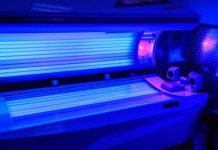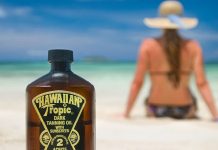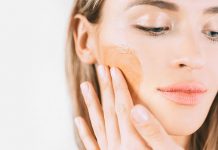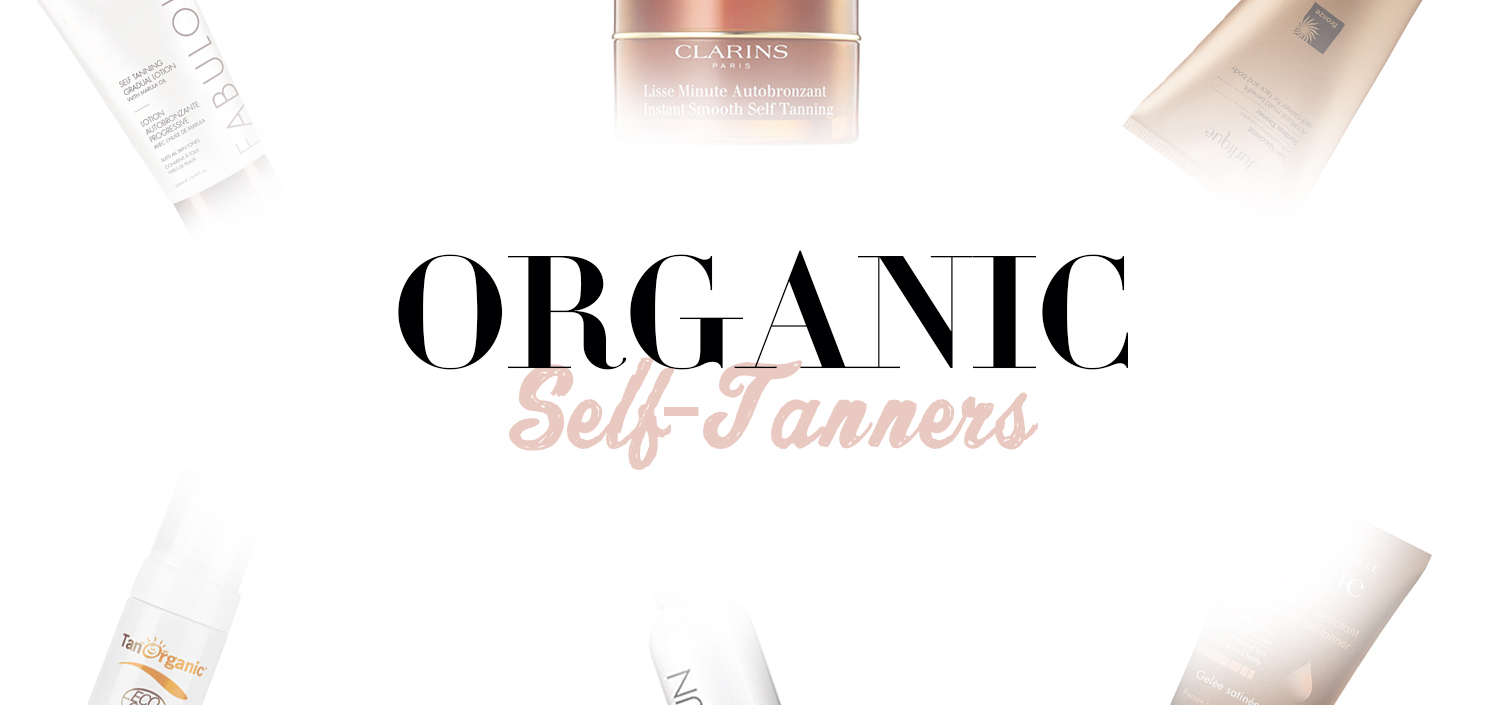 Looking good is everybody’s aspiration. Many people, especially the ladies, want healthy skin preferably with a bronze glow. It makes them feel gorgeous, and it boosts some confidence in their looks. This is why many people now include tanning in their daily schedules.
Looking good is everybody’s aspiration. Many people, especially the ladies, want healthy skin preferably with a bronze glow. It makes them feel gorgeous, and it boosts some confidence in their looks. This is why many people now include tanning in their daily schedules.
However, there are a few things you should take note off before exposing your skin to the UV rays. For example, your skin type determines how fast or slow you will tan. The amount of time you spend tanning is also something you should be aware of. Too little time spent tanning and your skin might not change at all, too much time and you might burn your skin and look like that lobster you just had for lunch.
Skin types and their sensitives can be entirely different. Your ‘bestie’ might glow after a few tan sessions while you spend a lifetime tanning and nothing happens. You shouldn’t be sad though. The methods used for tanning and the number of hours spent tanning also determine how fast or slow the skin will tan. Some people tan faster naturally while others need a fake tan or regular appointments to the tanning salon.
Let us take you through some guidelines on tanning to help decide what might best work for you.
What’s the Best Time to Sunbathe Outside?
Sun rays have so much radiation, and they can be dangerous to the health of the skin. A google search will show you that many people ask what’s the best time to sunbathe outside.
The best time to sunbathe outside is between 11 am in the morning to about 4 pm in the evening. These 5 hours are the best time of day to tan. Some people call them good times hours. People who sunbathe at these hours tan faster.
However, people with fair and sensitive skin should avoid these hours. If you are also beginning to tan, avoid these hours at first until you are sure your skin does not react negatively.
The sun is most powerful between 11 in the morning to 4 in the evening. Between early mornings and late evenings, the rays are less strong. People who tan outside between late evenings and early mornings tan slower. But, it is also the best time to tan outside for beginners and people with sensitive skin. People with sensitive skin should avoid tanning during the hottest time of the day.
What’s the Best Time to Use a Tanning Bed?
Some people who live in certain climates don’t have the luxury to tan outside. For example, people living in the polar regions, the Arctic, or living at high altitudes such as cold mountainous regions are at high risk of burning the same skin they are trying to make glow.
Air at high altitudes is cleaner and thin. Sun rays will reach your skin with minimum to zero refractions.
For people living in any of the mentioned regions, they should opt to use a tanning bed to get some color for their skin. If you go for a holiday in the mountains, it is also the best time to avoid sun tanning and find a hotel with tanning beds.
Tanning beds do not have any favorite hours or good times hours to tan. However, some research shows early morning tans have an added advantage. It is like you are double tanning as the strolls outside will also expose you to the sun rays during the day.
Quick tip – a tanning bed can also turn you into a lobster. Take caution of how long you stay in a tanning bed. You should also consider your skin color and your skin sensitivity.
You can start by tanning for about ten minutes and monitor your skin’s reaction. This will give you an idea of how long you should tan in a tanning bed to get a well-toned tanned skin without any adverse side effects.
What’s the Best Time to Apply Fake Tan?
If you want to use fake tan, you will need to take note of the best times to apply the tan. Fake tans also take longer to achieve desirable results. Natural tans last longer compared to spray tans. Fake tans also have high maintenance and can be a little bit costly especially if you are on a budget.
You should apply a fake tan 24 hours after shaving. It is the best tanning time as the pores will have opened well, creating nice pockets that allow the tanning lotion to infiltrate the skin well. Tanning lotion should also be applied 24 hours after waxing.
Fake tanning should not be mixed with moisturizers. When you moisturize, you reduce how effective the tanning lotion will work. Fake tans will last long when you avoid mixing moisturizing and tanning at the same time.
Take a shower before you apply the tanning lotion. It makes the skin smoother and well exfoliated and in a better position to absorb the tanning lotion.
It is advisable to apply the tanning lotion before you lie down for the night. It gives the lotion ample time to work its magic. By the time you wake up in the morning, your skin should be glowing.
Best Time to Tan Outside
It is obvious that you need protection once you decide to tan outside. The sun has some powerful rays that will have serious side effects if you don’t tan correctly. It is best to know the best time of the day when it is safe to tan without any serious effects.
Many cancer organizations advice that the best time to tan in the sun is during the morning sunshine or the afternoon sunshine especially for a light tan skin. They explain that you should avoid tanning outside between 10 a.m. and 4 p.m. which is the hottest time of the day.
However, many ‘tan experts’ advise that if you want to tan faster, the hours between 11 am and 4 pm are the best sun tanning hours. Remember that people do not turn at the same rate. It depends on many individual skin factors and DNA too. You should not be tempted to lay in the sun for long hours just to look like your well-tanned friend. The results will mostly be burnt skin or worse, skin cancer.
It is also advisable to avoid tanning during cloudy days. Scientist says that sunrays, especially UV rays, filter through clouds and reach the earth’s surface. Sun tanning during cloudy days is still dangerous to your skin. If you turn on cloudy, you are simply burning your skin. The UVB rays cannot filter through clouds. UVB rays are rays which are responsible for turning your skin to bronze or gold tone.
Best Time to Tan at the Beach
Tanning at the beach is the same as tanning at the backyard. There is no difference in how much sun you are getting. The same time range of tanning outside also applies to tan at the beach.
However, before 11 am and after 4 pm would be ideal since the sea does not reflect as many rays as during peak hours.
Can you Tan with Sunscreen?
There are many myths surrounding tanning and sunscreens, skin cancer and sun rays. For example, many people believe that a base tan protects a person from skin damage. This is just a belief. Scientifically, a tan is how the body responses when your skin is damaged by UV rays. It produces more melanin. Melanin is the skin coloring pigment. Tan is just a defense mechanism of the skin against the sun’s rays
The CDC warns that exposing yourself for 15 minutes is enough for the UV rays from the sun to damage your skin. So, if you still ask whether you should apply sunscreen or not, now you know. You should apply sunscreen before going outside to tan.
Always apply sunscreen to your whole body. Avoid the myth that if you protect your face, only skin cancer will not pass by your home address. It is a wrong and misleading myth. Skin cancer knocks at any part of the skin where the sun rays have had a long vacation. Ensure you also apply sunscreen correctly. Many tanners will apply an SPF 50 but end up burning overtime due to poor application of the protecting gel.
If you have an allergic reaction to some sunscreens, consult a specialist to recommend a safe option for you. Do not skip applying sunscreen because you are allergic, that tan might turn to be a burn in a snap.
Light skinned people are the most vulnerable to burns and should always have sunscreen on before venturing into the sun.
Sunscreen prolongs the period a person can spend in the sun without damaging their screen. Sunscreen does not give you 100% protection from UV rays or skin cancer.
To answer the question, you can tan with sunscreen on.
How Long Does It Take to Tan?
Sun Tan
After a few minutes in the sun, many people look at their skin and wonder what time does it get dark. There is no specific answer to how much time it takes to develop a well-tanned skin for everyone who is out there in the sun or a tanning bed.
The length of time it takes to tan depends on an individual’s skin pigmentation. Light skinned people will tan 30 minutes or after a few hours from lying down in the sun. People with dark skin color need a little bit more time to develop a tan since their skin has a protection pigment already in place.
Some people will develop a tan a few hours after sunbathing in the sun while others develop a tan the next morning. Remember, a tan is a defense response of the skin cells against damage from the sun rays. It is down to a person’s skin tone to how long it will take for the skin cells to produce melanin. You do not tan immediately after you set out into the sun. The skin will change a little, but that is not yet a tan.
It is important to contrast sun redness and sunburn so that you don’t overstay in the sun. Know your skin characteristics and wear a sunscreen equivalent to your skin tone before heading out. This knowledge will also help you to be aware of how long you should stay on the beach. However, experts inform that a few minutes in the sun is enough to activate the skin cells to produce melanin which is basically what provides the tan.
Tanning Beds
Tanning bed uses UVA and UVB rays to develop tans. However, tanning beds have a high concentration of these rays which are dangerous for the skin.
That is why it is critical that you read the user’s manual from the manufacturer before lying on the bed. Tanning differs according to the set maximum time allowed in the tanning bed.
Most manufacturers set between 10 to 20 minutes as the maximum time. Beds with powerful rays have shorter time limits while beds with a low concentration of rays have longer time limits.
Skin tone, genetics, and tanning lotions also determine how long it would take to develop a tan from a session in the tanning bed. Light skinned people need a couple of sessions before they can develop a tan while dark-skinned people might develop a tan after one session.
Fake Tan
Successful fake tanning mainly depends on the type of product you are using and if it is the right fake tan for your skin and how long you want the tan to last.
A long-lasting fake tan will take an average of 6 to 8 hours before the tan fully develops. This tan can last as long as one month depending on its strength.
If you want a tan that lasts the night as you go out for a party, there are fake tans that can develop within an hour. You can wash off the fake spray tan later on.
Conclusion
Vitamin D is an important mineral for the body. There are many foods rich in vitamin, and it is not only sourced from the sun. However, the beauty craze of tanning is taking over, and if you are not careful, you could burn your skin and eventually get skin cancer. Get informed before resorting to tanning.









